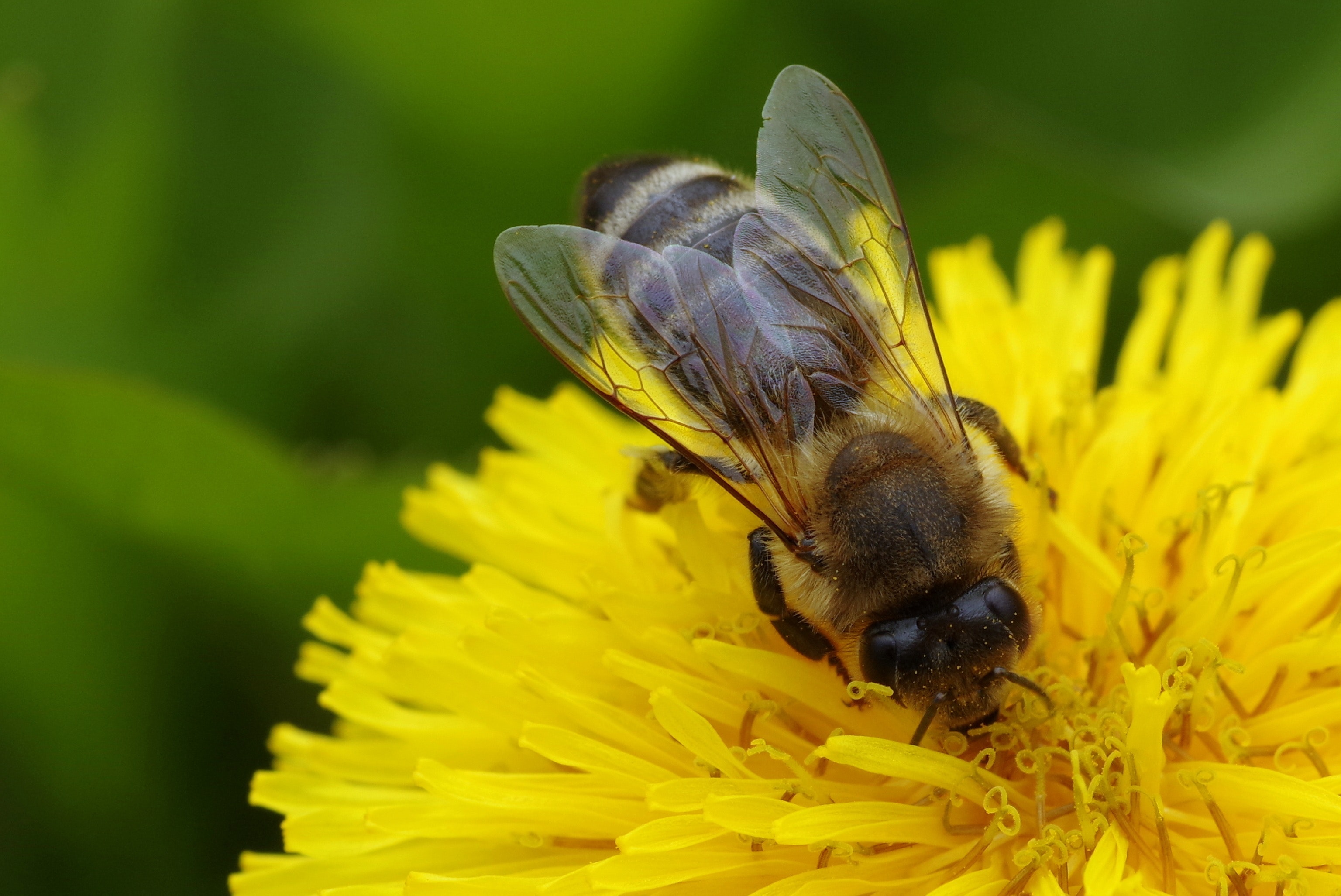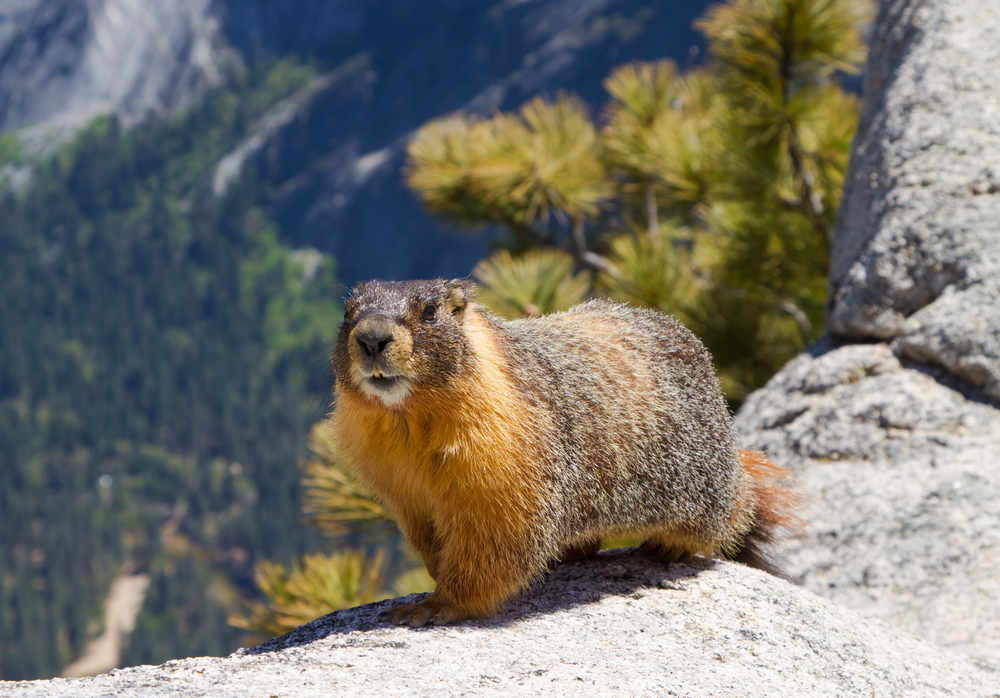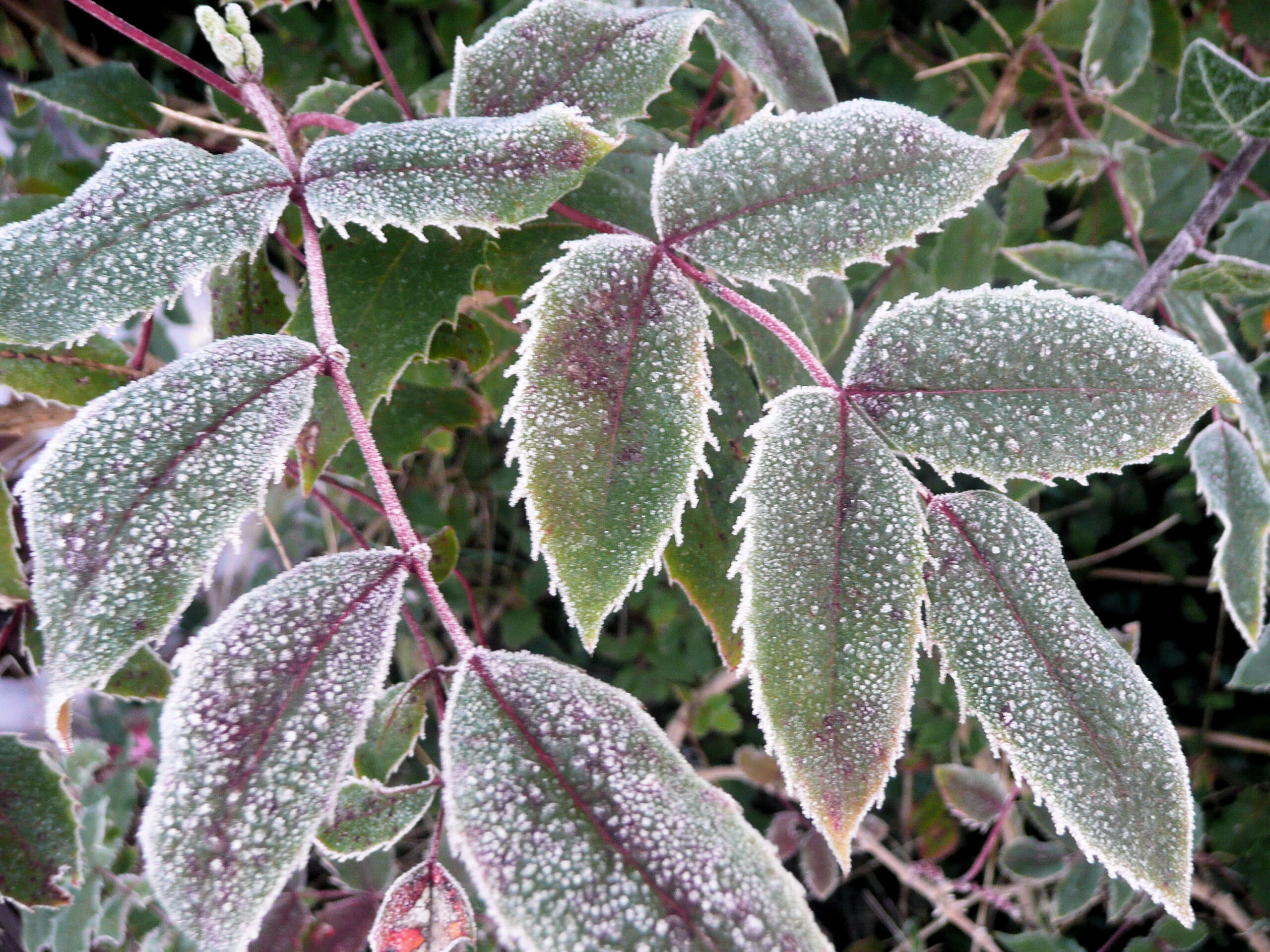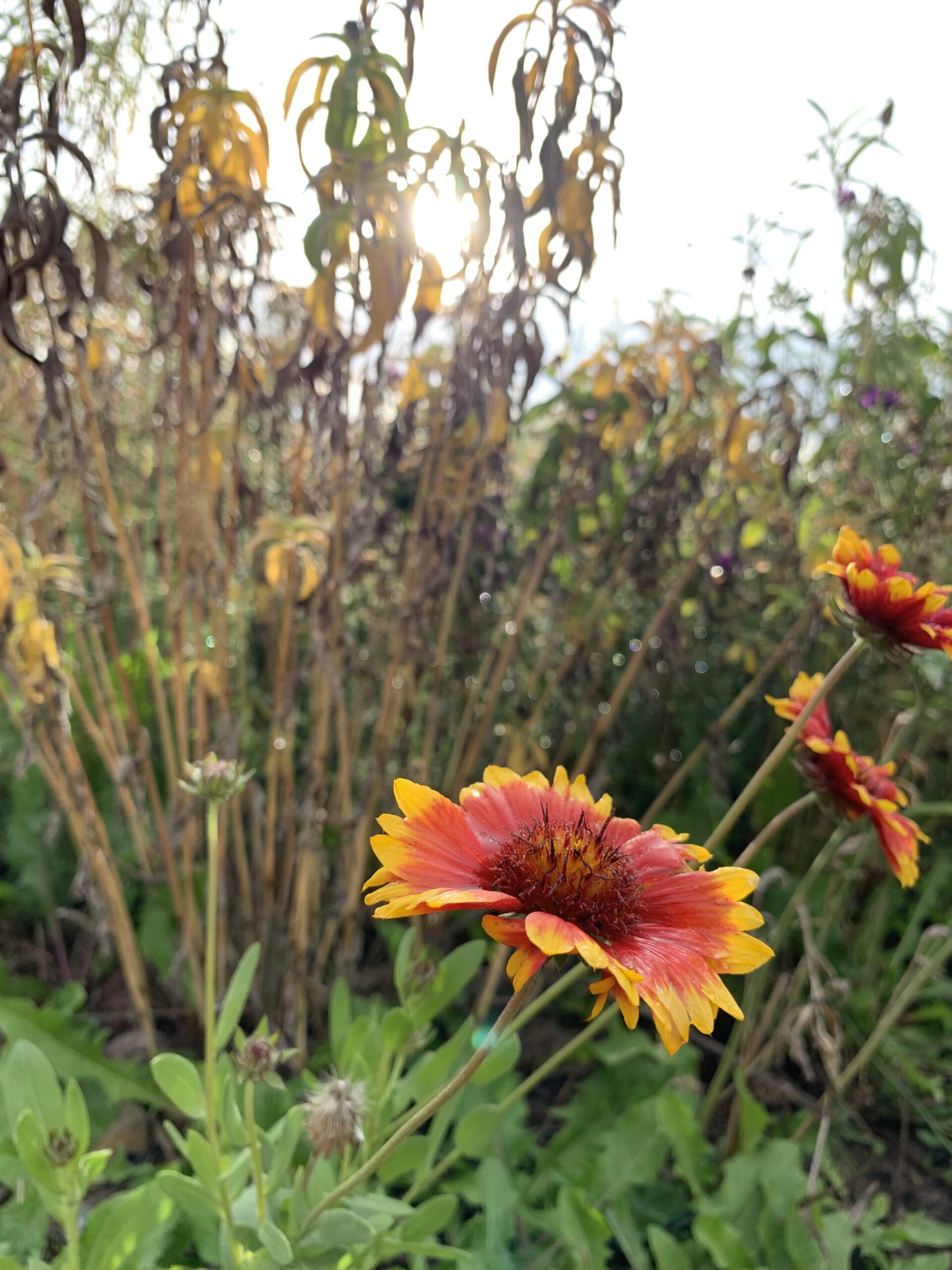By Jessie Walthers, Conservation Program Manager Groundhog Day. Who doesn’t love this most random of…

To Bee or Not to Bee?
Planting a garden this spring? Why not make it a pollinator garden?! Read on to learn some easy tips and tricks for supporting pollinator species.
The Benefits of Native Plants
Our native pollinators, such as bees, birds, bats, moths, and mice, all need three things: forage, resting habitat, and overwintering habitat. Without all three, they may have plenty of food but no safe place to nest, produce offspring, or survive through the year. For this reason, make sure your garden includes native plant species.
There’s nothing wrong with planting non-native species, as long as their not invasive weeds. They can be beautiful and functional in many landscapes and can provide forage for our pollinators. But, they do not offer the same habitat for our pollinators as native species do. Many of our pollinators have have evolved with specific native plant communities and require them to thrive. Planting native species will help ensure the right nesting materials or the right structures for overwintering are available.
Plant for the Seasons
When designing your garden and selecting plants, try to have at least three species blooming in spring, summer, and fall. This will ensure food sources for a variety of pollinators throughout the entire growing season. Here are a few examples you could choose from:
- Spring: Blanket Flower, Alumroot, Rocky Mountain Beeplant, Service Berry, Cokecherry, and Oregon Grape
- Summer: Showy Milkweed, Fireweed, Purple Prairie Clover, Beebalm, Yellow Prairie Coneflower, and Mock Orange
- Autumn: Maximilian Sunflower, Canada Goldenrod, Leafy Aster, Showy Aster, Silver-leaf Phacelia, Sulfur Buckwheat
Reduce Pesticides and Herbicides
Pesticides and herbicides are a major threat to pollinators worldwide. These chemicals do serve a purpose and are occasionally necessary, however, there are ways you can reduce your dependence on them or completely avoid them.
If you must use a herbicide or pesticide, do not use any products that contain neonicotinoids or insect growth regulators (IRGs). These compounds are considered particularly damaging to many invertebrate pollinators. When using chemicals, watch the weather and never apply when wind or rain are expected. Also, create a chemical free buffer between your chemical use areas and pollinator attractants. For more detailed information you can check out The Xerces Society publication Guidance to Protect Habitat from Pesticide Contamination.
Thirsty for more information? Check out our Pollinator Additional Resources webpage!



